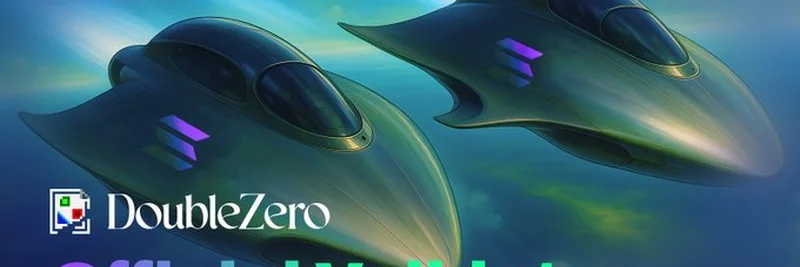Hey there, crypto enthusiasts! If you’ve been keeping an eye on the latest blockchain developments, you’ve probably heard some buzz about AI Sol and DoubleZero. On July 22, 2025, AI Sol dropped an exciting announcement on X: they’ve officially become a validator for the DoubleZero testnet. This move marks a significant step forward in building a high-performance network tailored for blockchains. Let’s dive into what this means and why it’s a big deal!
What’s the DoubleZero Testnet All About?
First off, let’s break it down. DoubleZero isn’t just another layer-1 or layer-2 blockchain (terms often thrown around in crypto circles). Instead, it’s dubbed the world’s first “N1”—a base layer of neutral, high-performance physical infrastructure. Think of it as a global fiber network designed specifically to support blockchains. The public internet can be a bit of a mess for blockchain operations, with issues like jitter and spam slowing things down. DoubleZero tackles this by using edge filtering to clean up traffic and private fiber lines to move data efficiently, cutting out about 70% of the wasted effort for validators.
AI Sol jumping on board as a validator means they’re helping test and strengthen this innovative network. Validators, in simple terms, are like the referees of a blockchain—they ensure everything runs smoothly by verifying transactions and maintaining the network’s integrity. AI Sol’s involvement from day one of the testnet (which kicked off in March 2025) shows their commitment to pushing this tech forward before it hits the mainnet, expected in Q3 2025 with its native token, 2Z.
The Tech Behind the Scenes
So, how does DoubleZero work its magic? It uses a clever two-ring architecture. The outer ring acts like a filter, checking signatures, removing duplicates, and kicking out spam before data even gets processed. Then, the inner ring connects validators with low-latency, high-throughput links to speed up consensus—the process where all nodes agree on the blockchain’s state. This setup is a game-changer, especially for decentralized apps that need speed without sacrificing security.
The thread also shared a cool diagram (check it out in the image above!) showing how external validators, memory clusters, and execution blocks all connect. It’s a peek into the future of blockchain infrastructure, and AI Sol is right in the thick of it.
Why This Matters for Blockchain Practitioners
For those of us in the blockchain world—whether you’re a developer, investor, or just a curious meme token fan—this collaboration is a signal of things to come. DoubleZero’s focus on physical infrastructure addresses a key bottleneck that software alone can’t fix. With AI Sol hardening the network, we’re likely to see faster, more reliable blockchain performance, which could boost everything from DeFi to NFT projects.
Plus, with the mainnet and token launch on the horizon, early movers like AI Sol could reap big rewards. The thread ends with a bold statement: “Early movers win.” It’s a call to action for others to get involved, and it’s hard not to get excited about the potential here.
What’s Next?
As we move toward the mainnet launch in Q3 2025, keep an eye on meme-insider.com for the latest updates on DoubleZero, AI Sol, and how this could impact the meme token and broader crypto landscape. Whether you’re into Solana, Aptos, or other blockchain ecosystems, this development could shake things up in a big way. Got questions or thoughts? Drop them in the comments—we’d love to hear from you!
Stay tuned, and happy exploring the wild world of crypto!


